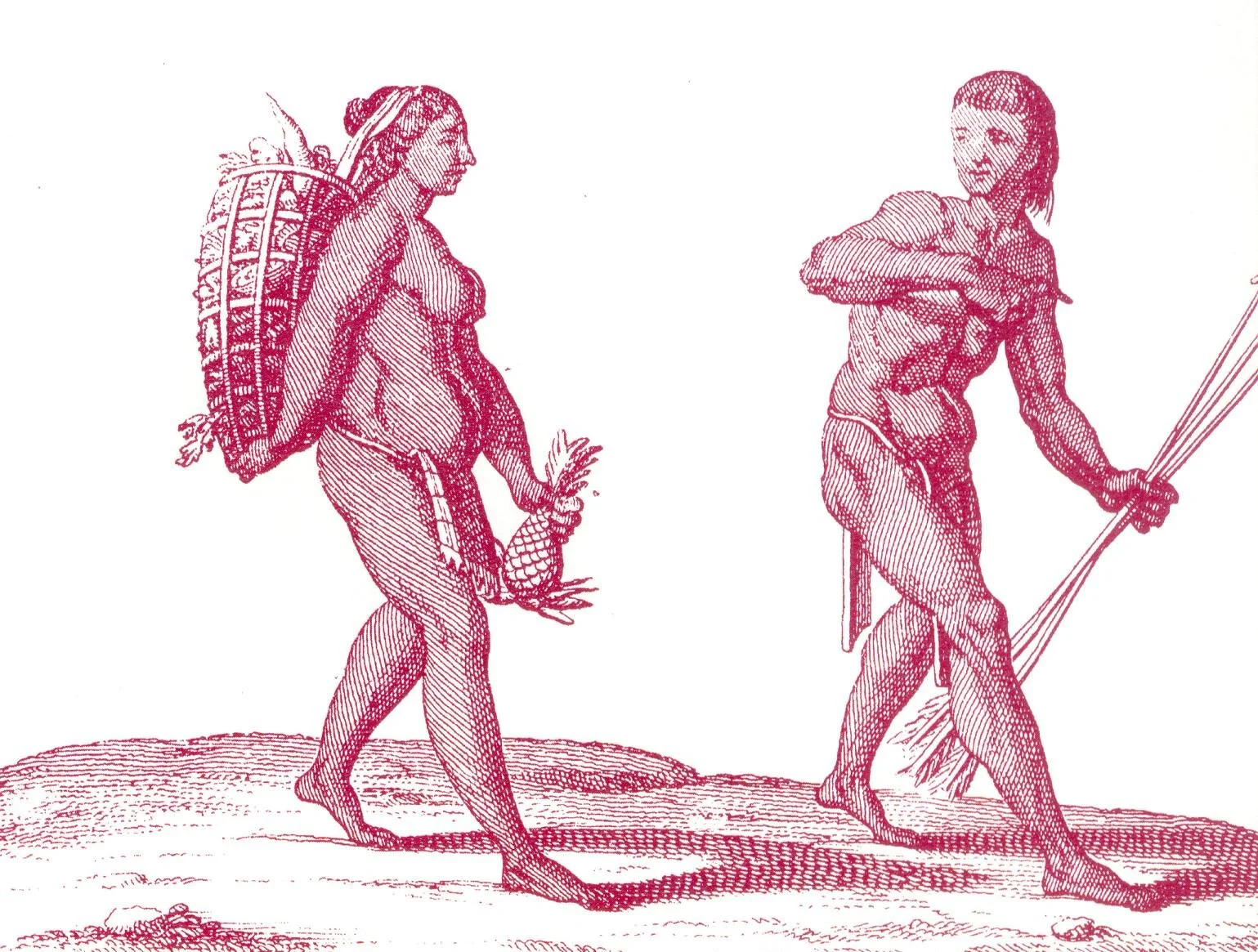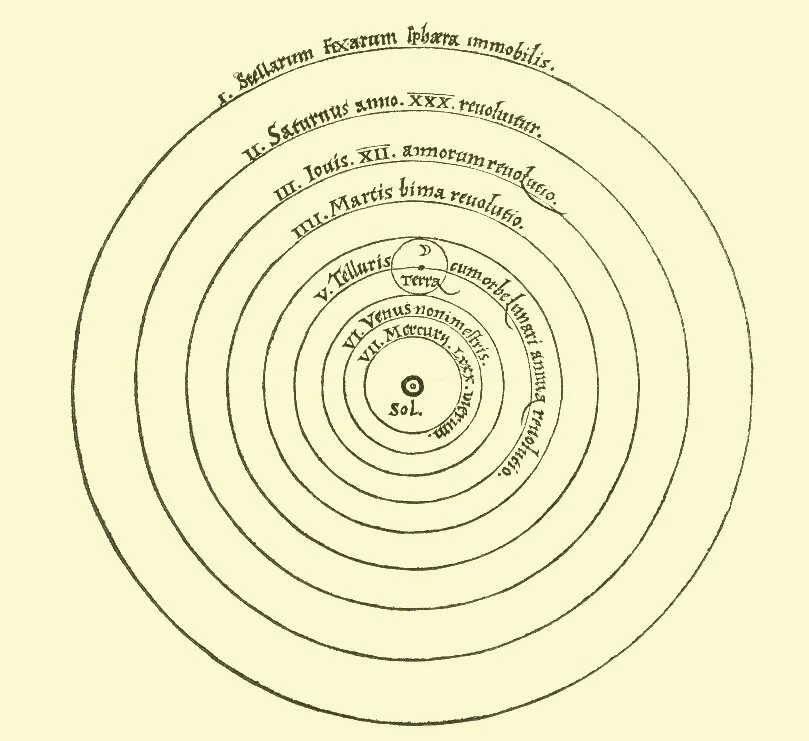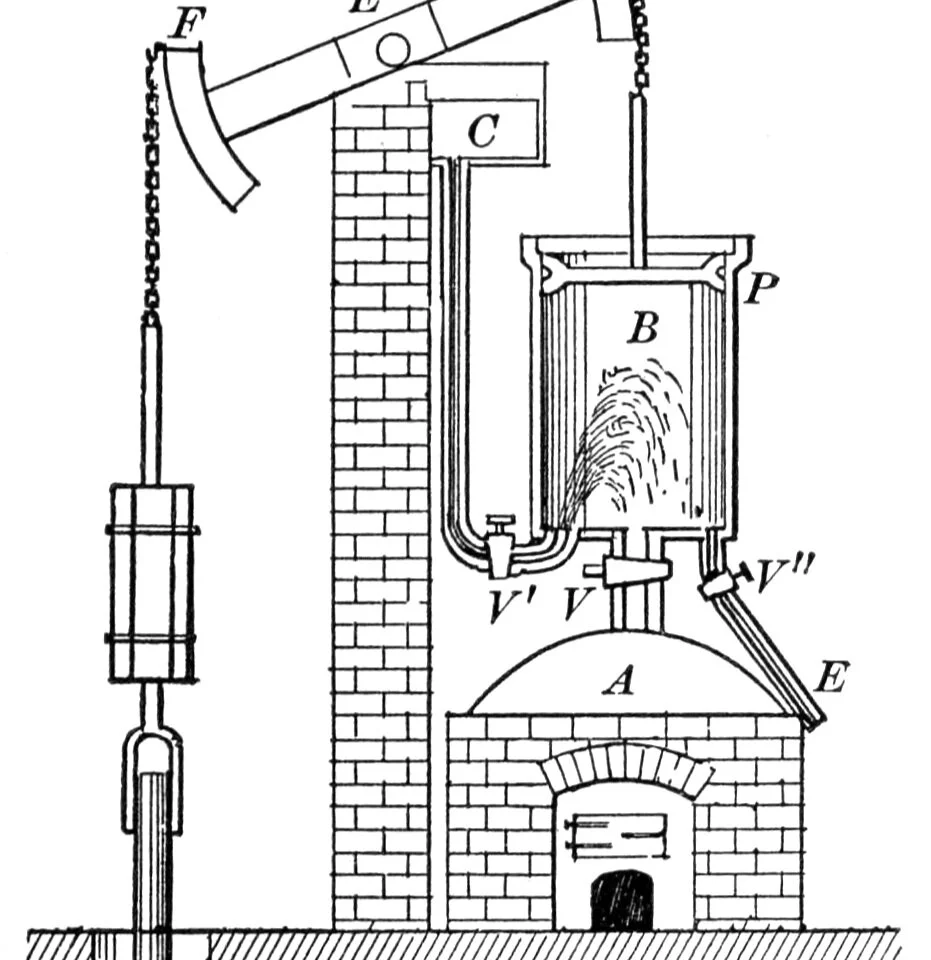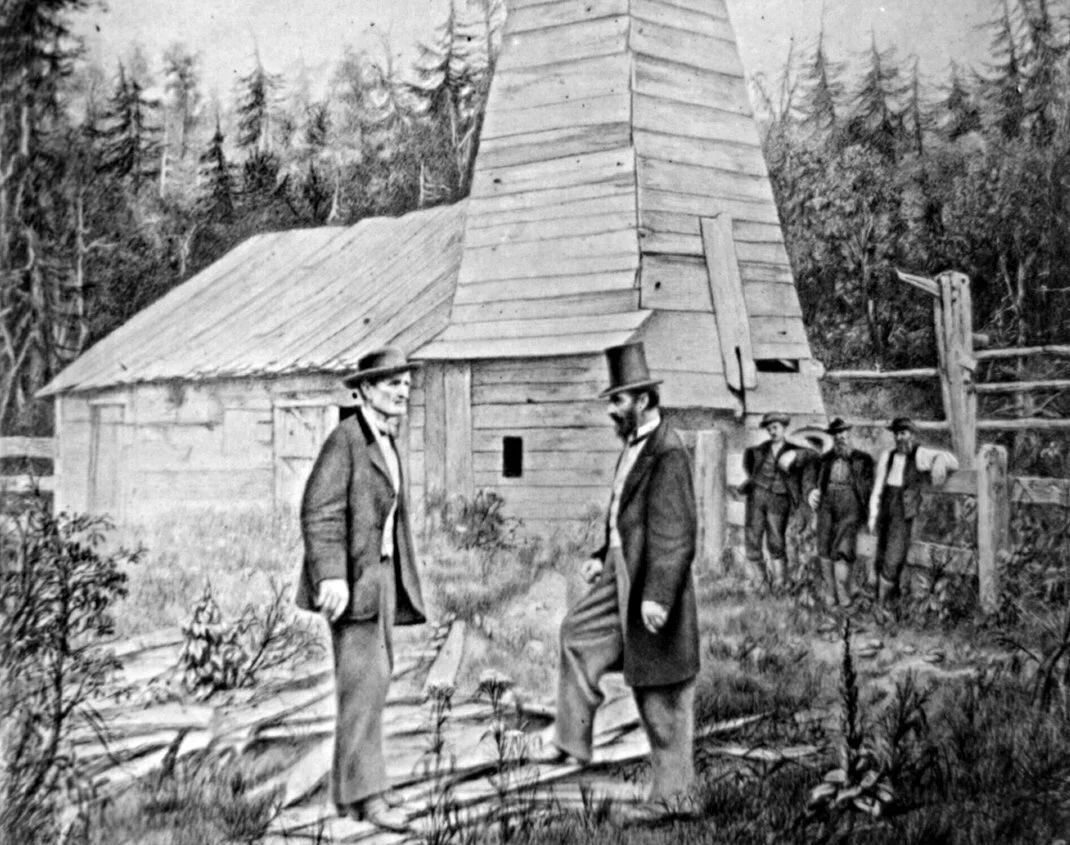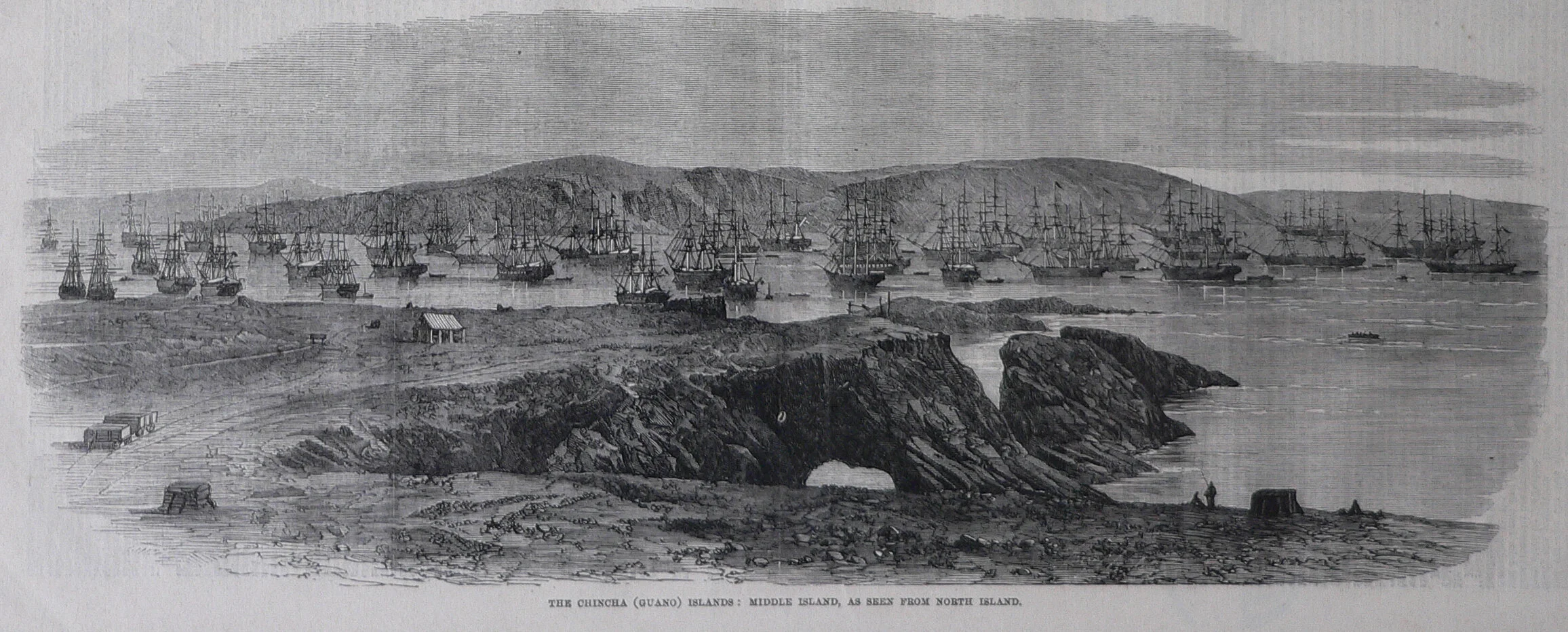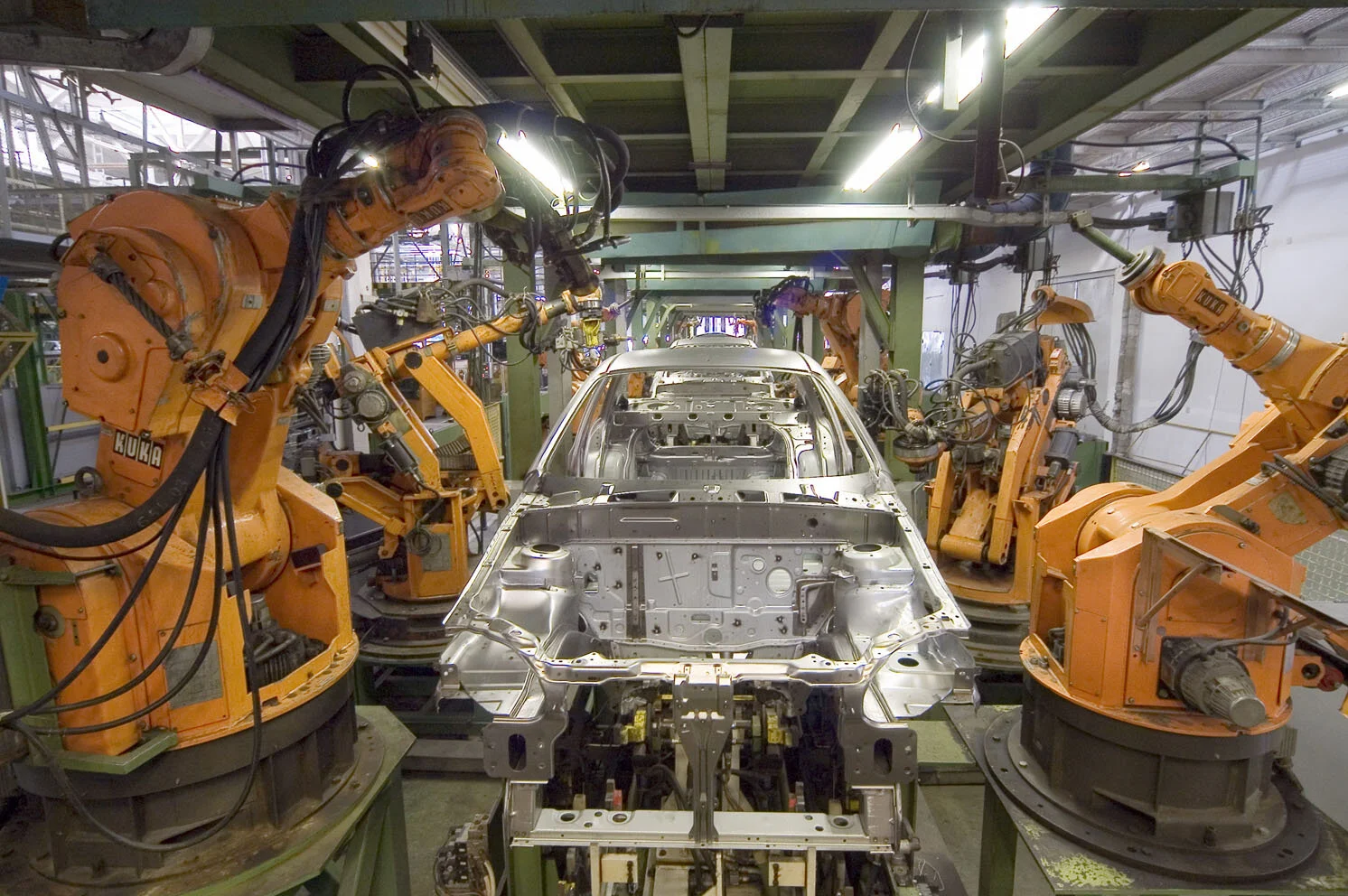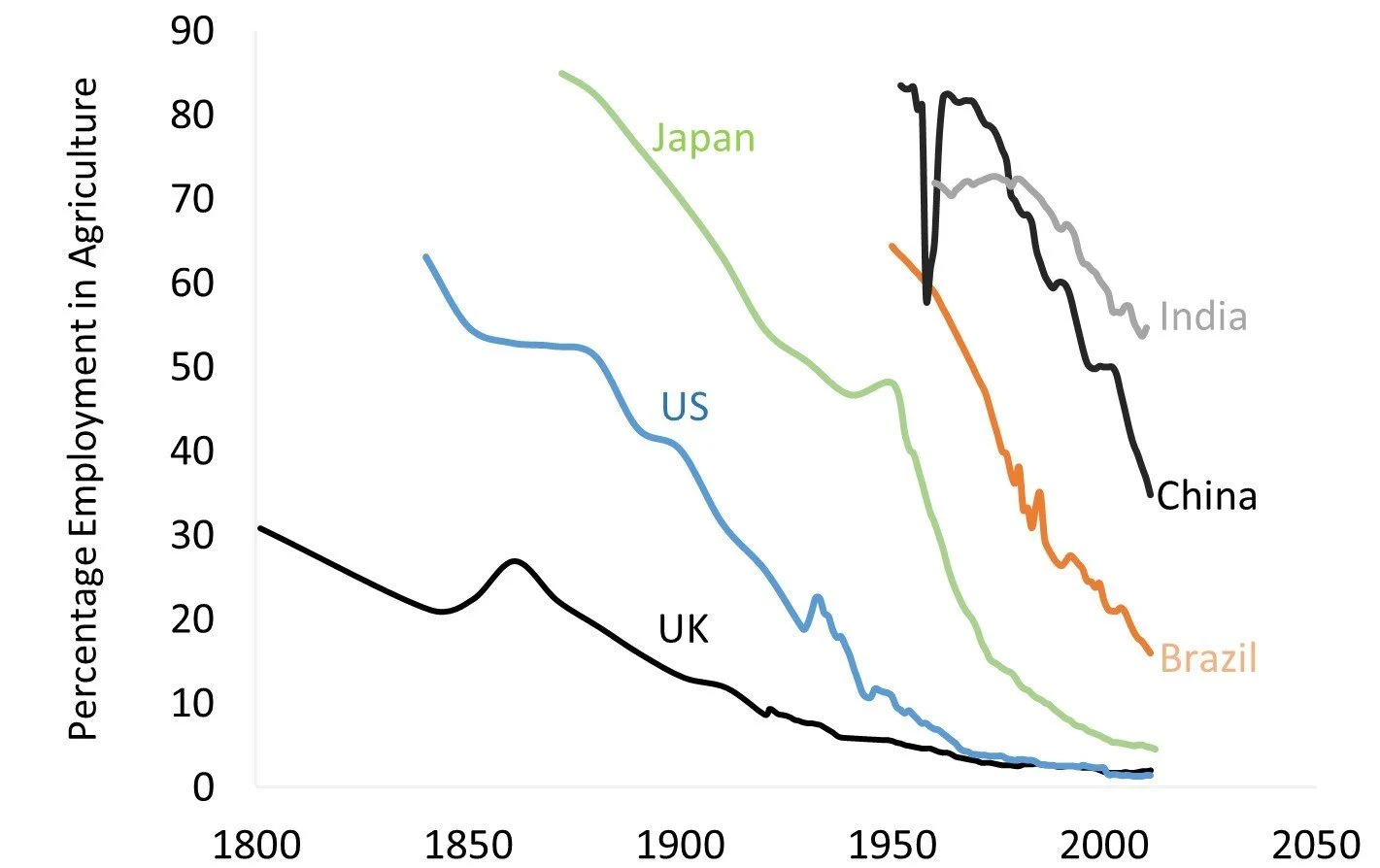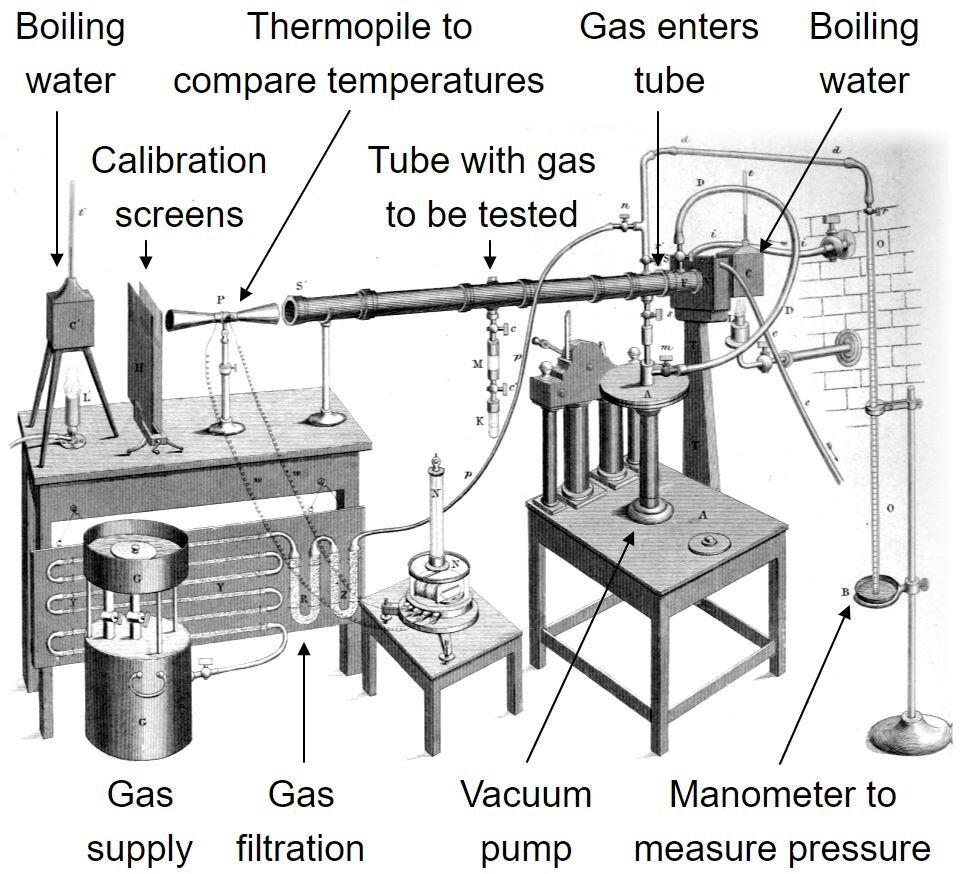Agricultural to Industrial Revolution
In this post from the draft book NET-ZERO:
What has driven human progress? Understanding the virtuous circle of accumulated knowledge, technology, and surplus energy.
Which inventions changed the world? From hunter-gatherer to farmer to factory worker - a brief history of human innovation.
When did humanity break free from the Malthusian trap? How the industrial revolution increased not only population, but also prosperity.
A Virtuous Circle
Throughout human history, the relationship between accumulated knowledge, technology, and our ability to harness ever greater energy supplies has proven a fundamental driver of human progress. A virtuous circle of more surplus energy, creating more time to improve technology, and leading to more efficient ways of recording and transferring knowledge through the generations.
From the spoken word of early Homo sapiens, to writing and accounting developed by the ancient Sumerians, or Johannes Gutenberg’s printing press, we have gradually improved our recordkeeping and accumulated more and more information.
We are no longer limited to just recording and transferring information in our genes: the slow process of biological evolution has been augmented by language, writing, and mathematics.
Yet for most of human history the majority of humans have experienced very little improvement in quality of life. Productivity gains were always met with increasing populations and the prevalence of disease, hunger, and violence remained unchanged.
Humanity was stuck in what would become known as the Malthusian trap.
All of this changed about two centuries ago with the onset of the industrial revolution. For the first time in human history we have managed to increase productivity and prosperity faster than we have increased the number of people on planet Earth.
So let’s take a dive into the virtuous circle of human innovation over the last 3 million years to better understand how we got to where we are today and what this means for the future.
From Hunter-Gathering to Farming
For most of human history, the recording of knowledge was stuck within small networks of humans, prone to error, and its accumulation was linear and slow. Most human time was spent hunting, gathering, or growing food energy, leaving little spare time for knowledge building.
The earliest human ancestors, 3-4 million years ago, relied on their hands as the primary means of production and on the power of the sun, harnessed by plants, to provide food energy.
But the system was inefficient for plants capture less than 1% of the sun’s energy and humans convert just 25% of food calories into useful work.
Early man had to expend nearly all available energy hunting and gathering for more food. Leaving little spare time to figure out how to do things better.
It took 1-2 million years to develop stone tools and to harness fire, but once we had mastered cooking, humans could grind and heat otherwise inedible or hard to digest food. Homo erectus had unlocked our first energy surplus.
Less time and less energy was spent gathering and digesting food and eventually Homo sapiens developed primitive art and language to further disseminate our newfound knowledge.
Progress was slow but eventually humanity accumulated enough shared knowledge to begin to tend the land, grow crops, and rear animals.
Beginning 12,000 years ago, the agricultural revolution created a larger, more dependable source of energy which supported the first settlements and freed up more time for other endeavours.
The development of permanent agricultural settlements also meant, for the first time, humans could accumulate more possessions than they could carry. So to keep count of our accumulated stuff the Sumerians of Southern Mesopotamia (now Iraq) developed basic accounting techniques and writing systems.
The Scientific Revolution - The Foundations of Change
Rolling forward a few millennia and in 1543, the Polish astronomer Nicolaus Copernicus published his work “On the Revolutions of Heavenly Spheres”. A pioneering theory which was based on meticulous observations of the stars and suggested that the Earth rotated around the Sun and was not in fact at the centre of the Universe.
Copernicus’ work, though controversial at the time, laid the foundations for the scientific revolution which would transform our understanding of nature and our ability to manipulate the world.
In turn, science supported endeavours such as shipbuilding and navigation which, when combined with new systems for land rights and financing, led to the beginnings of large scale global trade that supported the transfer of new crop varieties to new agricultural lands where they were best suited for growing. This once again boosted agricultural yields and our energy surplus.
Population growth began to meaningfully accelerate but still humanity was unable to break free from the Malthusian trap.
Just three hundred years ago, and most energy was still supplied by people, animals, biomass (wood), and basic wind or water wheels.
Every one hectare of farmland provided around half a tonne or 1,000 kWh of food energy per year. This was enough to support 1 to 2 humans but most of their efforts still had to be channelled back into tending the land.
However, humanity was on the cusp of change.
The Industrial Revolution - Where Science meets Business
Coal
Thomas Newcomen invented the first steam powered machine in 1712, using the combustion of coal to heat water into steam to drive a mechanical pump. The machine was used on Lord Dudley’s estate in the West Midlands, UK, to pump water from the bottom of a mine to help extract more coal.
His early designs harnessed just 0.5% of the energy from combustion which limited wider practical use and it wasn’t until 1770 when James Watt’s redesign boosted the efficiency (to 5%) and steam power started to garner serious interest.
Watt’s more efficient design could generate 20-100 kW of power which was comparable to the biggest and best water wheels of the time.
Small, powerful coal fired steam engines were developed and used to power agricultural and industrial machinery, boats, and railways. By 1890, coal had overtaken biomass (wood) as the energy source of choice. The production of food, wood, textiles, and metal products was mechanised.
Agricultural productivity doubled, and every hectare of land could now generate one tonne of crop or 2,000 kWh of food energy per year - enough to support up to four people.
Oil
In 1858 Edwin Drake spent the best part of a year using a steam engine to drive a metal stake 21 metres into the ground. Though some thought he had gone mad, he was actually on the hunt for oil. A year in and just as his crew were starting to lose faith and his funding about to run out, he struck black gold. Drake successfully created the world’s first commercial oil well.
The oil was first sold as a replacement for whale blubber in lanterns, but the market really took off with the invention of the two-stroke engine by Nicholas Otto in 1866.
Otto’s engine used the combustion of oil to drive the wheels of the first mechanised transport carriage. And by 1900, further design refinements by Benz, Daimler, Maybach, and Lavassor, and supported by the invention of the sparkplug by Bosch, led to the commercialisation of the internal combustion engine, the beginnings of the car industry, and the birth of many of the World’s largest companies still trading today.
Electricity
Following steam power and the combustion engine, electric power was the third major technology breakthrough of the industrial revolution. Minor electrical applications had been developed through the 1800s, but Thomas Edison was the first to build a full scale electric power station in London in 1882.
Holborn Viaduct station boasted 93kW of power - enough to support up to 1,000 filament lights in the surrounding area, the design based around a steam turbine developed by Charles Parsons in Newcastle Upon Tyne through the mid-1800s.
Parson’s turbine used the combustion of coal to heat water into steam, driving the rotation of large blades which spun an electrical generator. By 1910, the design was 25% efficient with up to 25,000 kW power output (equivalent to 1,000 water wheels ).
Electricity quickly became the premium energy source for many applications, providing the flexibility to create heat, motion, light, or sound, clean at the point of use and requiring no mechanical linkage other than flexible wires to connect the equipment.
Natural Gas & Fertiliser
Whilst engineers were busy developing steam, combustion, and electrical power, chemists were busy developing additives to boost the yields of agriculture. In 1813, Humphry Davy published his bestselling book Elements of Agricultural Chemistry, which encouraged the use of guano for stimulating plant growth.
Guano is the accumulated excrement of seabirds or bats and is rich in the essential plant nutrients nitrogen, phosphate and potassium (NPK).
“Amongst excrementitious solid substances used as manures, one of the most powerful is the dung of birds that feed on animal food, particularly the dung of sea-birds.” Sir Humphry Davy, 1813.
The use of Guano soon caught on and through the 1800s ever larger quantities were shipped from Peru, Namibia, and Bolivia to Great Britain, Germany, and the US. But the insatiable appetite for more fertiliser soon exhausted the limited supply of guano and interest turned to deposits of nitrogen containing saltpetre in the Atacama Desert in Chile.
By the early 1900s, the industrialised world realised there was not nearly enough bird crap or saltpetre to supply future needs.
The focus turned to developing an artificial alternative and by 1910 Fritz Haber had figured out the chemistry and Carl Bosch, at German industrial giant BASF, had designed the industrial process. The Haber-Bosch reaction could generate seemingly unlimited quantities of ammonia fertiliser using natural gas which was combined with nitrogen from the air.
The discovery of synthetic nitrogen fertiliser unlocked huge agricultural productivity gains: nearly 50% of the nitrogen in your body now originates from a factory running the Haber-Bosch process.
By the early 20th century, agricultural productivity had doubled once again, so that one hectare of agricultural land could now yield two tonnes or over 4,000 kWh of energy per year and support 5-8 humans.
The Rise of the Machines
The third phase of industry began with the invention of the integrated circuit by Jack Kilby of Texas Instruments in 1958 which unlocked the potential of computing power. The initial design was quickly improved, and the number of transistors packed into an integrated circuit has doubled every two years since (Moore’s law).
Computers allowed for centralised control of industrial operations and better monitoring to boost productivity. Early applications developed into complex enterprise planning tools and automation, with machines replacing humans in repetitive or dangerous jobs.
The internet opened the world of e-commerce and revolutionised communication. Global networks enhanced international trade which led to the opening of borders and many of the transnational companies we know today.
Breaking Free from the Malthusian Trap
When Newcomen first discovered how to harness the combustion of fossil fuels, he started humanity on a path which would transform relatively linear progress into exponential growth.
Today, we no longer rely on the direct power of the sun but have been able to unlock the vast stores of the sun’s energy captured by plants over millions of years, energy that is buried, concentrated, and stored in fossil fuels.
One barrel of oil contains 100 tonnes of concentrated ancient plant matter and can deliver as much energy as nearly a decade of manual labour - the power to deploy what seemed a limitless energy supply wherever and whenever it was needed.
Fossil fuels unlocked the potential of human capital; the number of industrial machines per person rose more than 200 times through the 20th century. The ability to supplement human labour with mechanised work meant more time could be spent developing other endeavours such as art, science, and politics, connecting ever greater networks of human beings.
In turn these exploits have sped up the accumulation of knowledge and this has increased innovation across all aspects of life.
For the first time in history, sustainably improved prosperity was made possible for an increasing number of people. We had escaped the Malthusian trap.
Energy consumption has grown from less than 2,000 kWh to over 20,000 kWh per person per year. Whereas the first academic journal was not established until 1665, there are now nearly 30,000 of them, publishing close to two million papers per year.
The average income or GDP per person has broken through $1,000 and grown to nearly $18,000 per person per year. Agricultural employment now accounts for just a quarter of global working life.
Life expectancy has more than doubled from 30 to 70 years, battlefield deaths have declined from 10-20 per 100,000 people per year to below 1.
Child mortality has fallen from 43% to 4%. Extreme poverty, measured as monetary or equivalent income less than $1.90 per day (in today’s money), has fallen from 90% in 1800 to just 10% today.
Though it may not always feel like it, we are living through a period of unprecedented wealth, quality of life, and peace.
Life for your average human being is better than it has ever been and yet we remain a long way from finishing our journey.
For the first time in history, we have broken free from the Malthusian trap. But for how long?
Improving prosperity has come for many, but not for all, and there remains huge inequality across the world. For each of the top 10% of people living in wealthy developed countries, there is an equivalent number of people, in the poorest parts of the world, surviving on less than $1,000 of income per year. Everyone else is somewhere in between.
That global economic system has also been built on the foundations of fossil fuels. And over the last 100 years we have come to understand how carbon dioxide, the once innocuous by-product of the industrial revolution, is transforming the climate of our Planet, with potentially disastrous consequences should we not do something about it.
Creating a sustainable future for humanity requires transitioning towards a more equitable system as we transition away from fossil fuels.
We have the knowledge and the technology to access a plentiful surplus of renewable energy and to re-engineer the economy for a sustainable and equitable future for all.
The road to net-zero is illuminated, and it is up to each and every one of us to push for change.
For more resources on a history of human progress please see ‘The Human Planet’, ‘Contours of the World Economy’ and ‘Our World in Data’ in the bookshelf.

